The Nivola Foundation and Museum (Orani - Nuoro) presents Behind the Seen, a solo exhibition by artist Mona Hatoum, the result of a residency held in Orani, during which Hatoum explored the Sardinian territory and deepened her contact with local cultures and craft practices on the island. The exhibition, curated by Giuliana Altea, Antonella Camarda and Luca Cheri, will be open from Oct. 4, 2025 to March 2, 2026, with opening scheduled at 6 p.m. on Oct. 4.
Behind the Seen offers a journey between historical works and new productions, some made in collaboration with local artisans, in which the artist reflects on the relationship between body, matter and territory, between what is visible and what remains hidden. Hatoum’s work combines formal minimalism and political tension, interrogating the ways in which space is normalized, policed or colonized. The works create environments of experience and suspension, in which the viewer is called upon to continually negotiate his or her point of view and confront what remains behind the scene. The title of the exhibition plays on the double meaning between seen (seen) and scene (scene), proposing a look behind appearances and toward hidden spaces of human experience: memory, trauma, identity and resistance. The works combine formal research and political reflection, questioning the power structures that govern how we see and inhabit the world. In this context, Hatoum’s creations act as critical zones of perception, where the artistic gesture becomes a tool for excavation, deconstruction and unraveling.
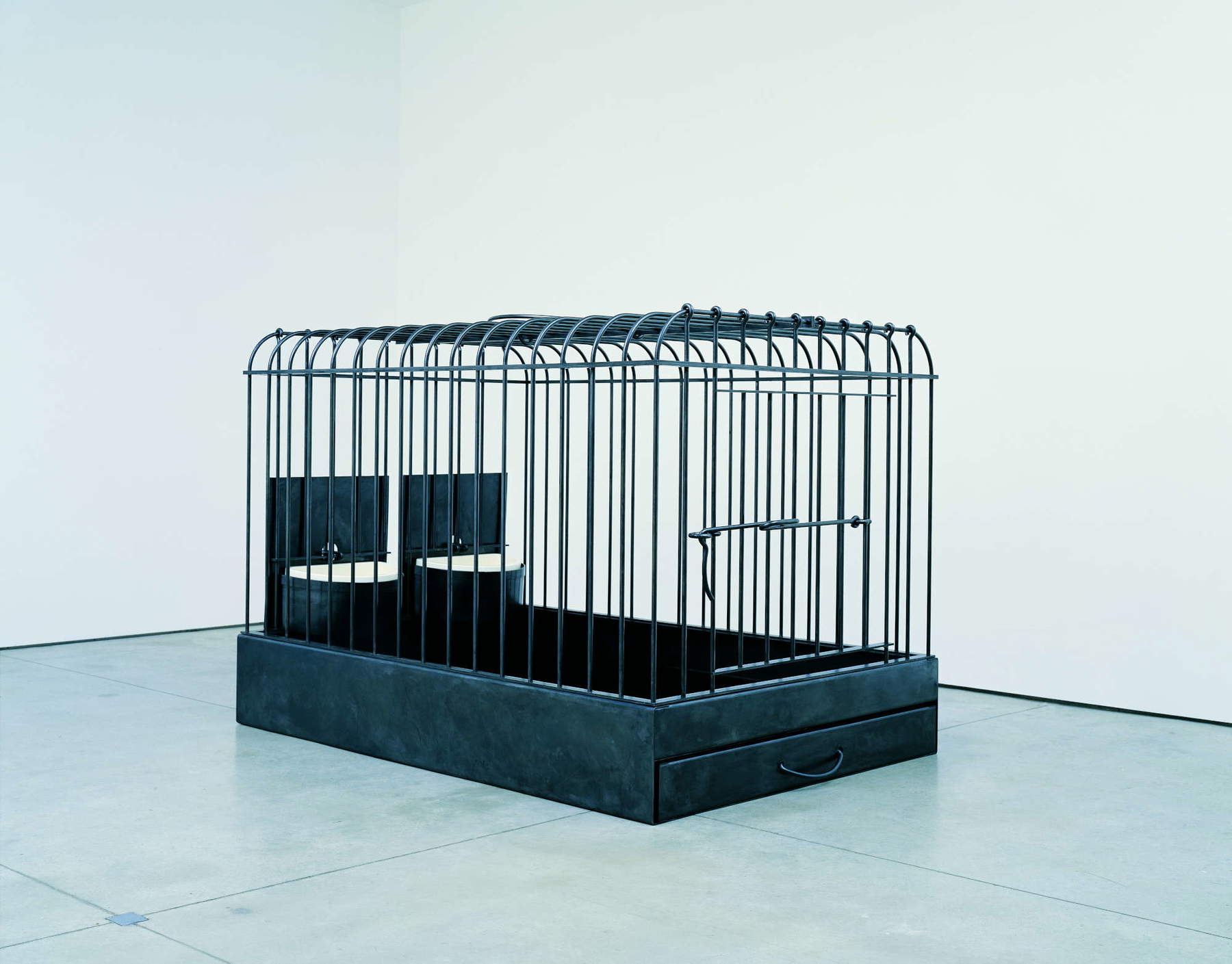
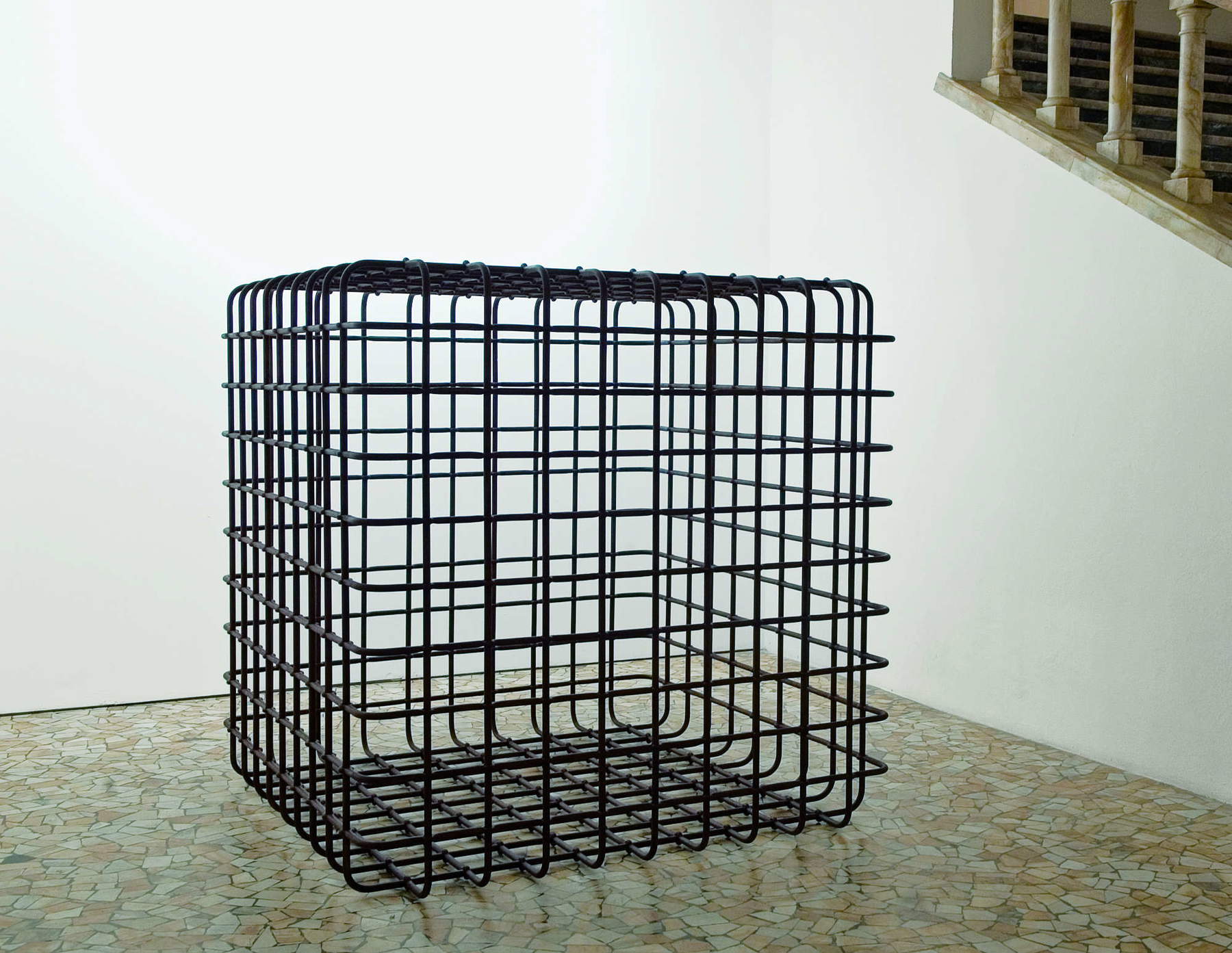
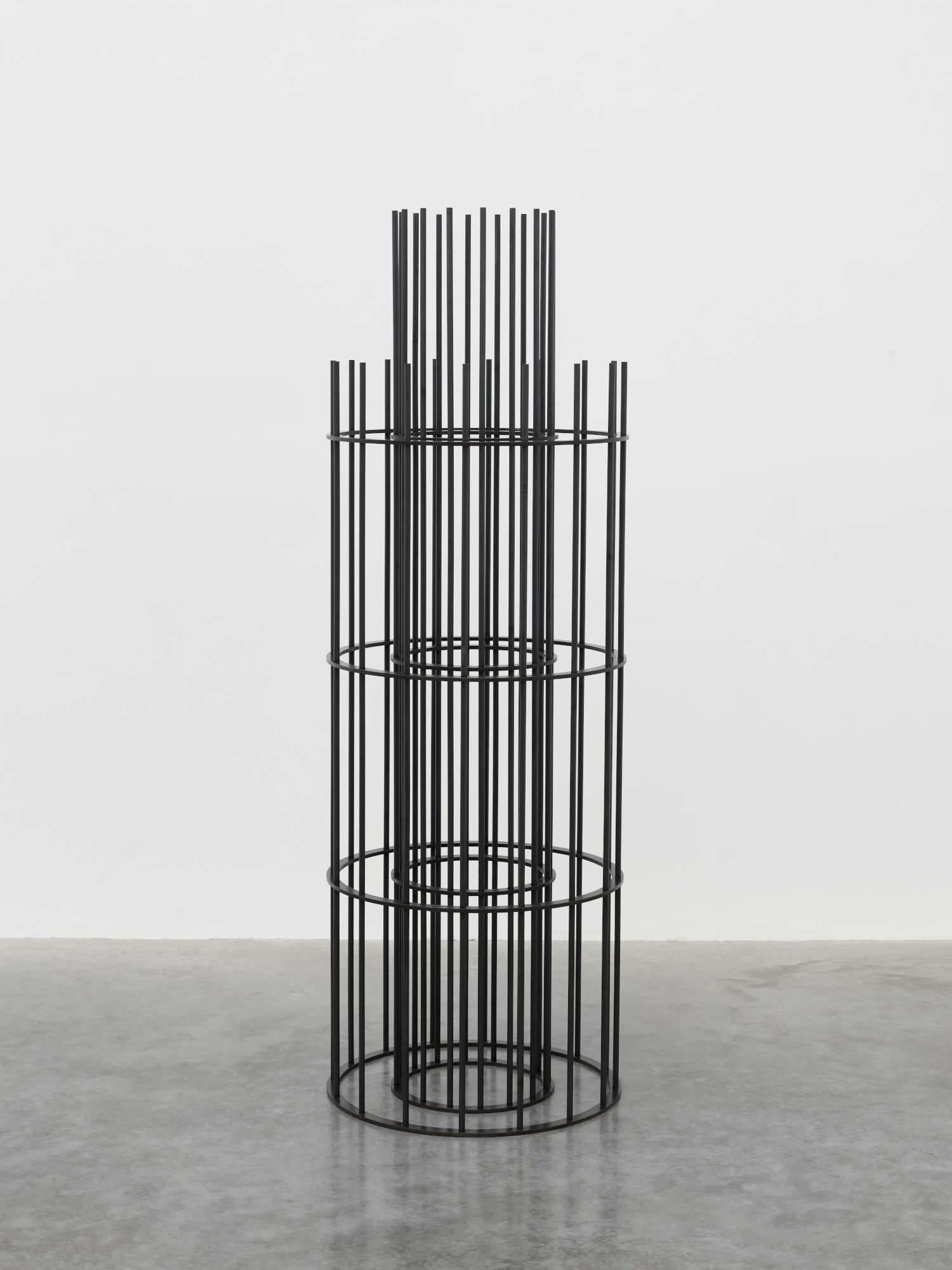
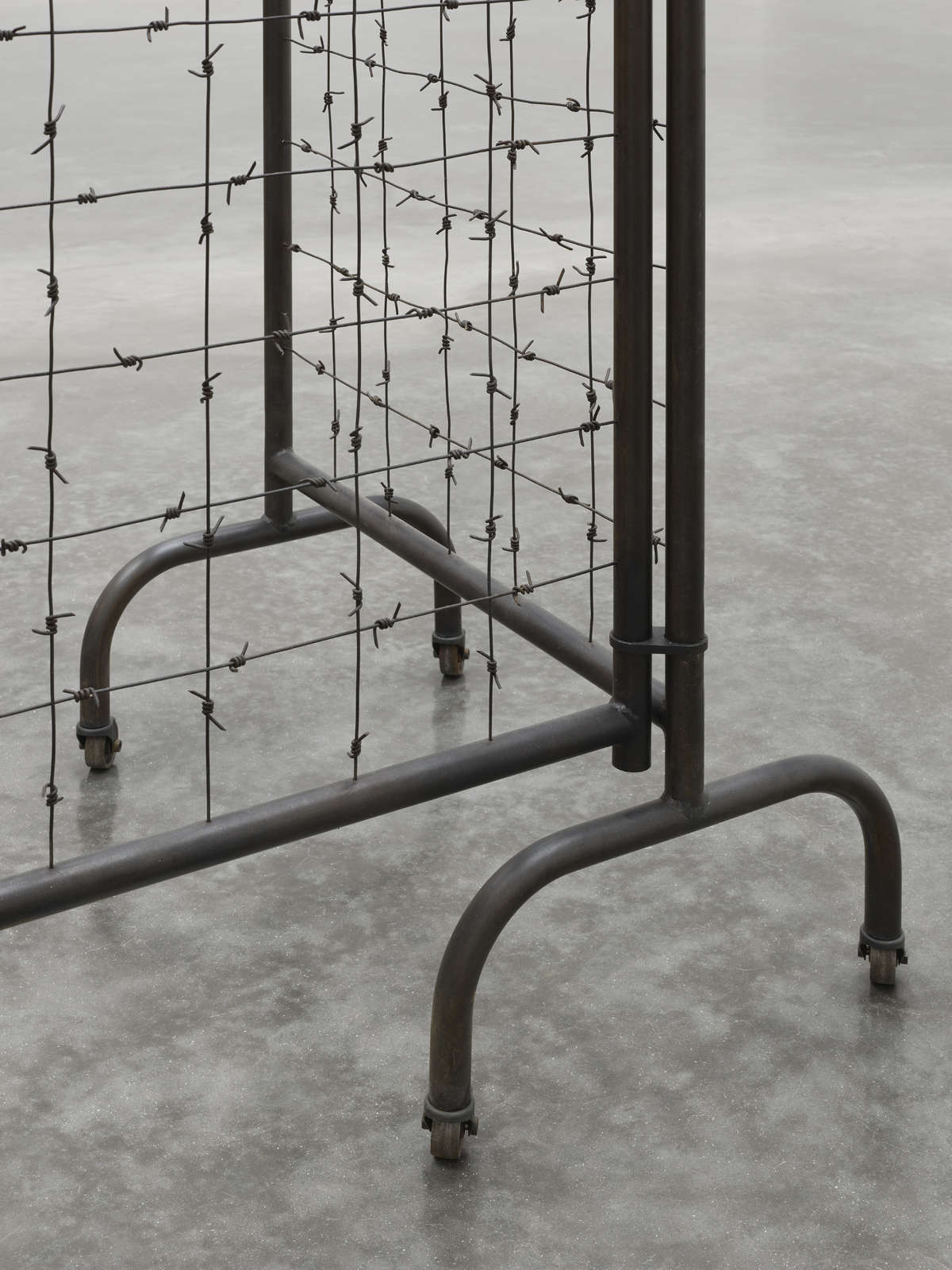
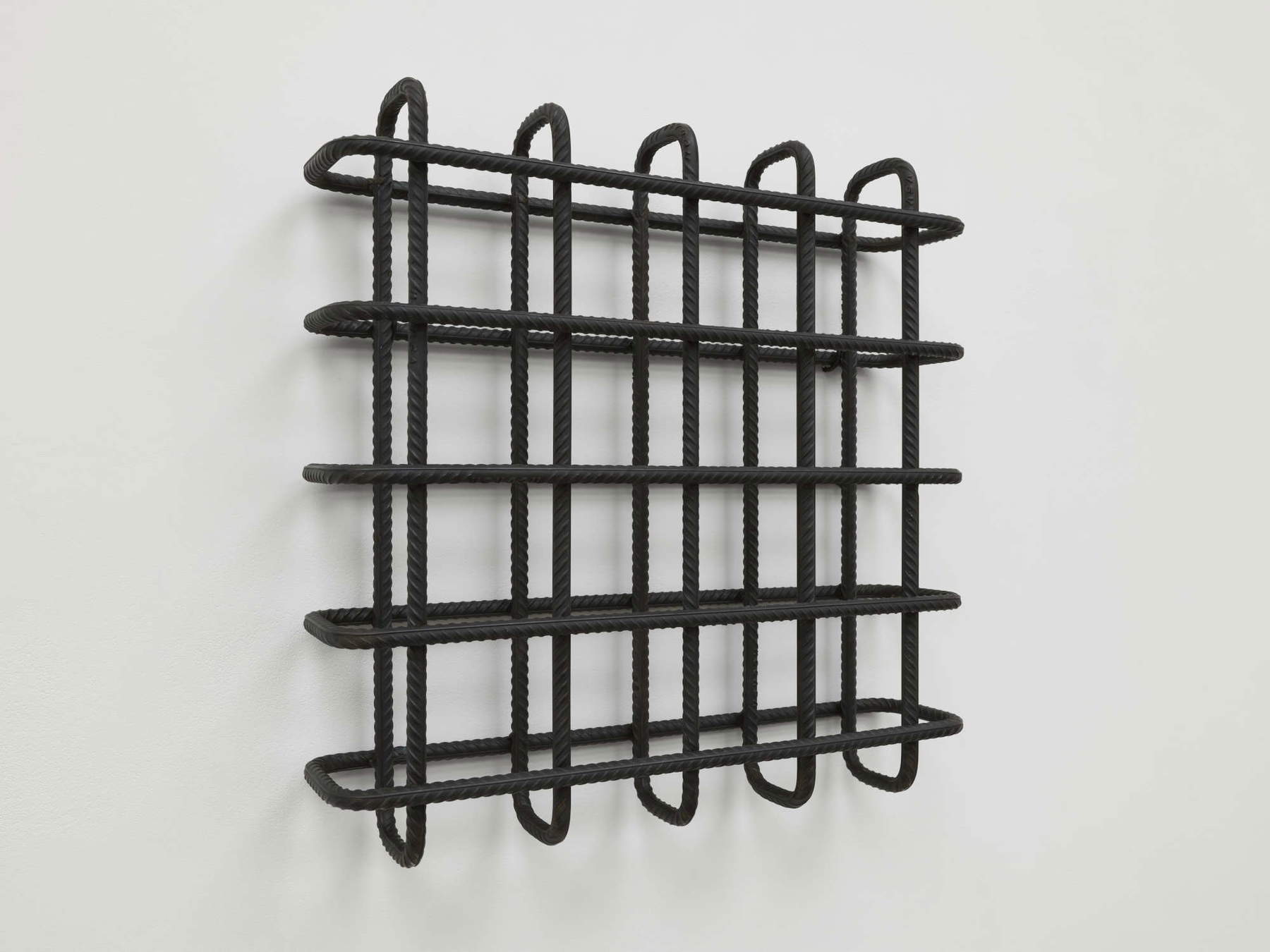
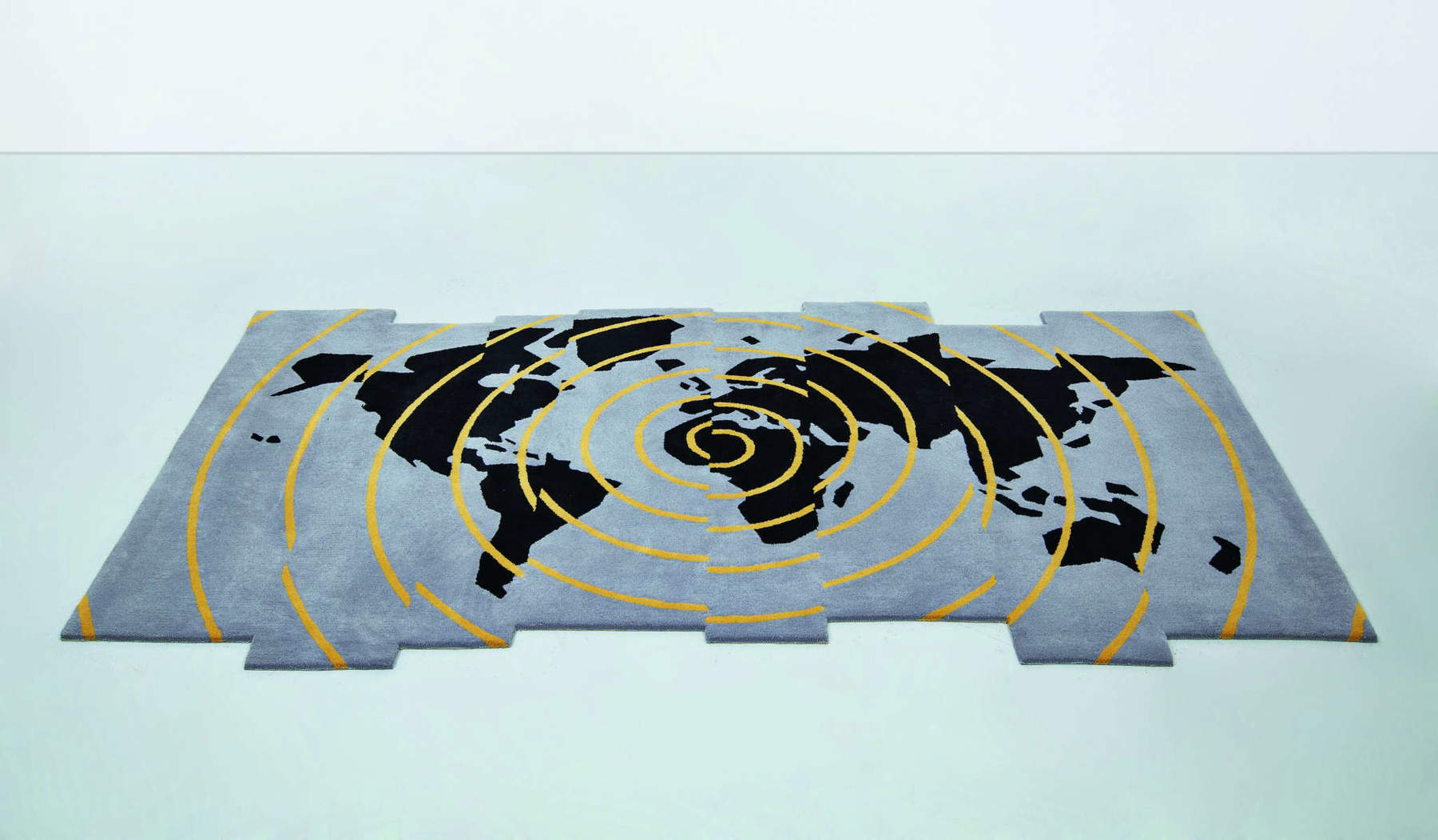
Hatoum’s work is articulated around tensions between inside and outside, visible and invisible, attraction and repulsion, control and vulnerability. From the beginning, his practice has challenged the neutrality of spaces, objects and forms, revealing how every surface can hide a threshold of ambiguity or a zone of conflict. The body, understood as a political and affective entity, remains central. In the early performative interventions of the 1980s, the female body enters into relationship with urban space and surveillance devices. Later, the body disappears, leaving traces, footprints or symbolic objects of confinement: cages, beds, nets and hospital screens become metaphors of its absence-presence and subjective vulnerability.
The theme of control runs through Hatoum’s research through minimal structures and allusive and threatening materials such as barbed wire, iron, glass and steel. Domestic objects, such as beds, chairs and utensils, are destabilized and transformed into tools of containment or aggression, suggesting that even spaces of intimacy can be traversed by dynamics of power and coercion. The personal experience of the artist, born in Beirut into a Palestinian family and unable to return home because of the war, fuels a poetics of dislocation, expressed through spatial and perceptual rather than narrative configurations.
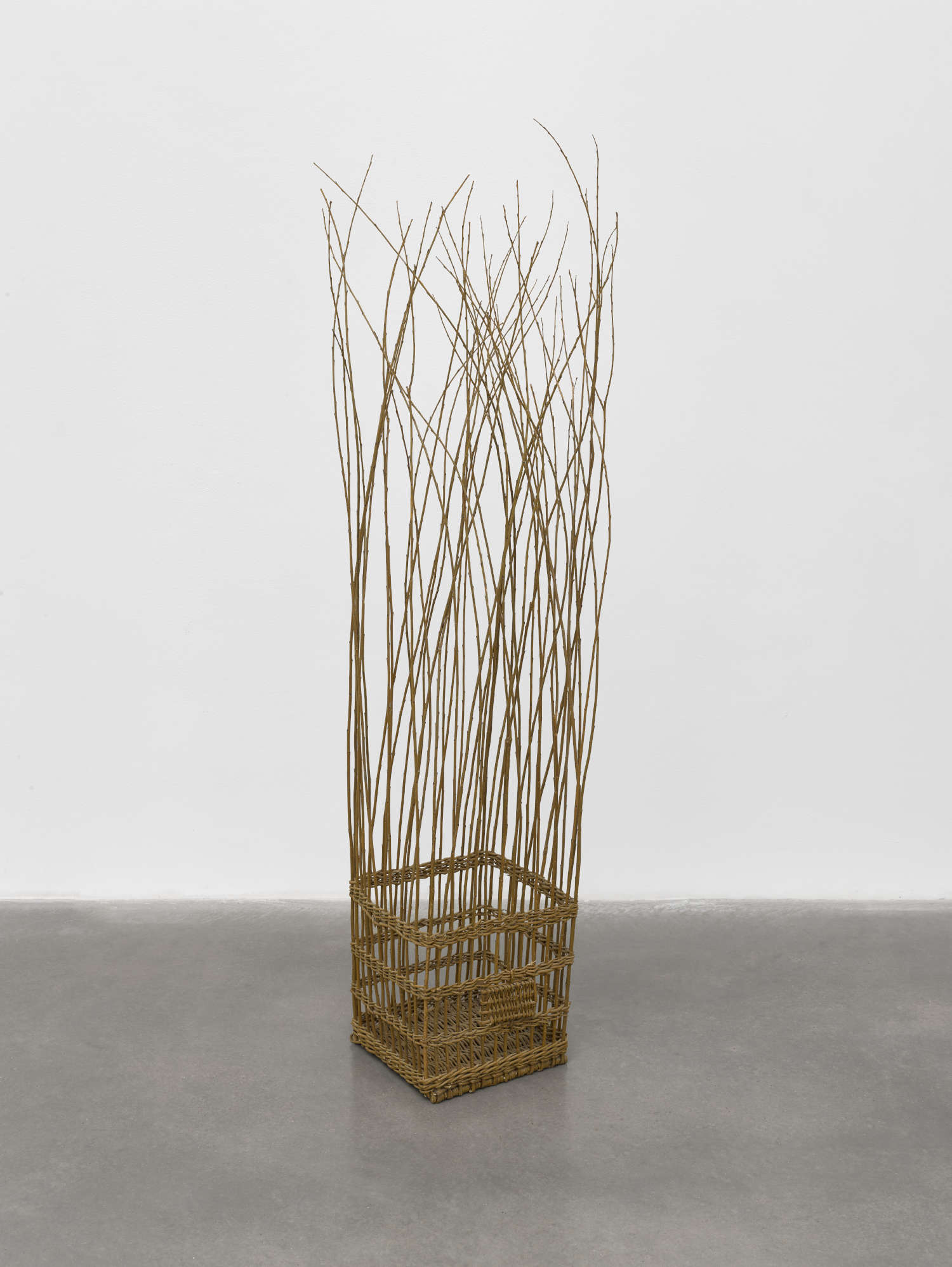
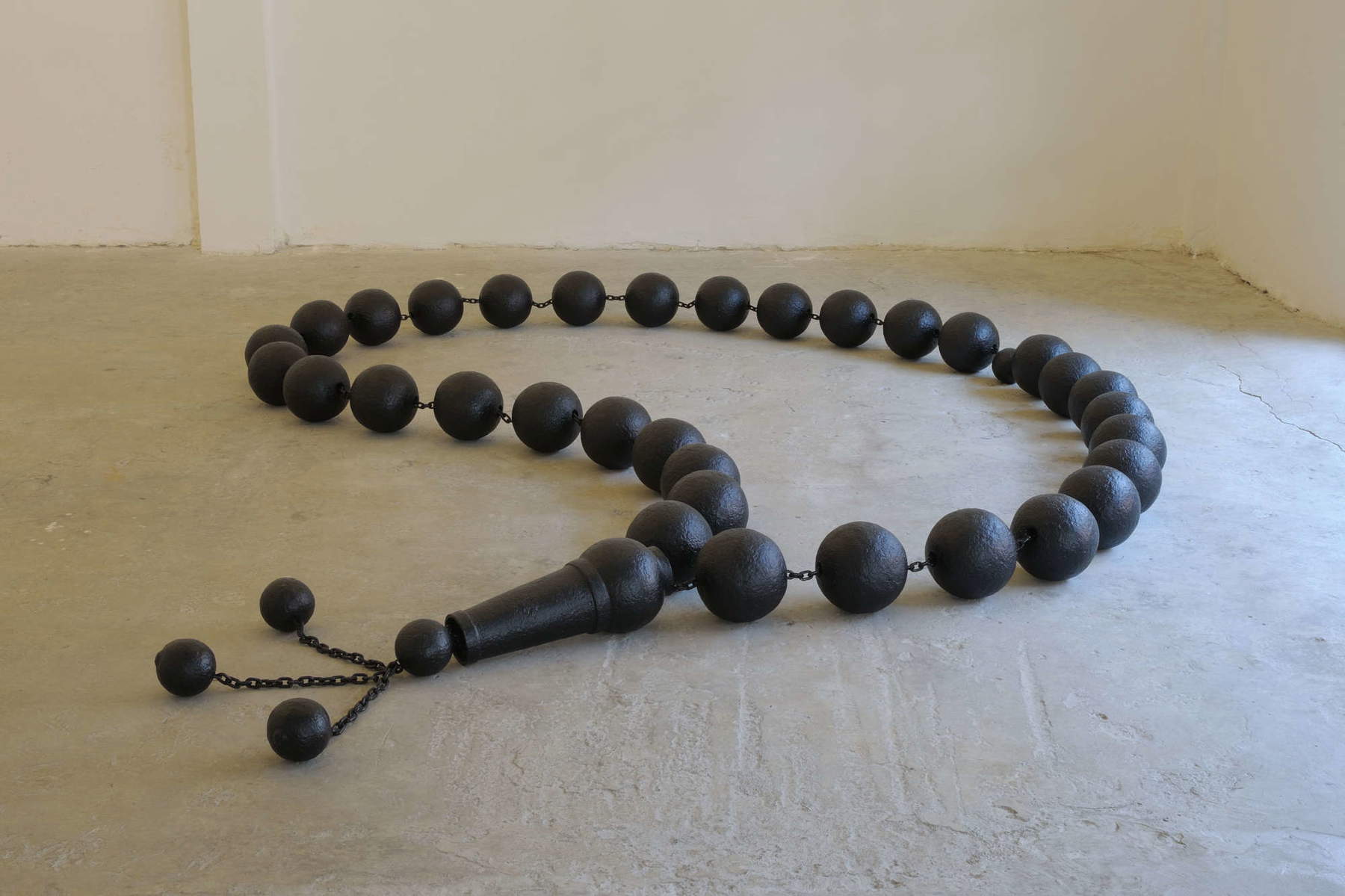
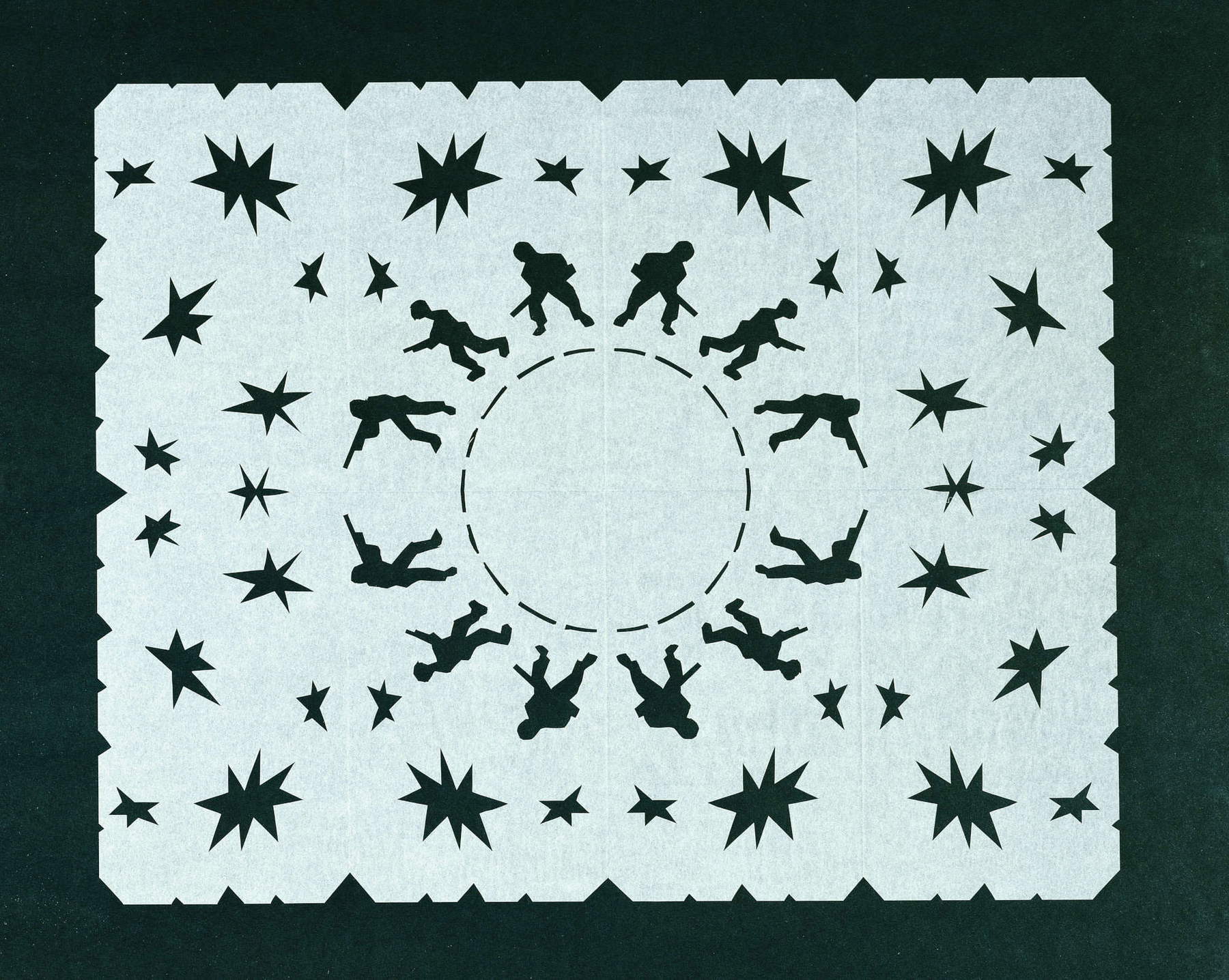
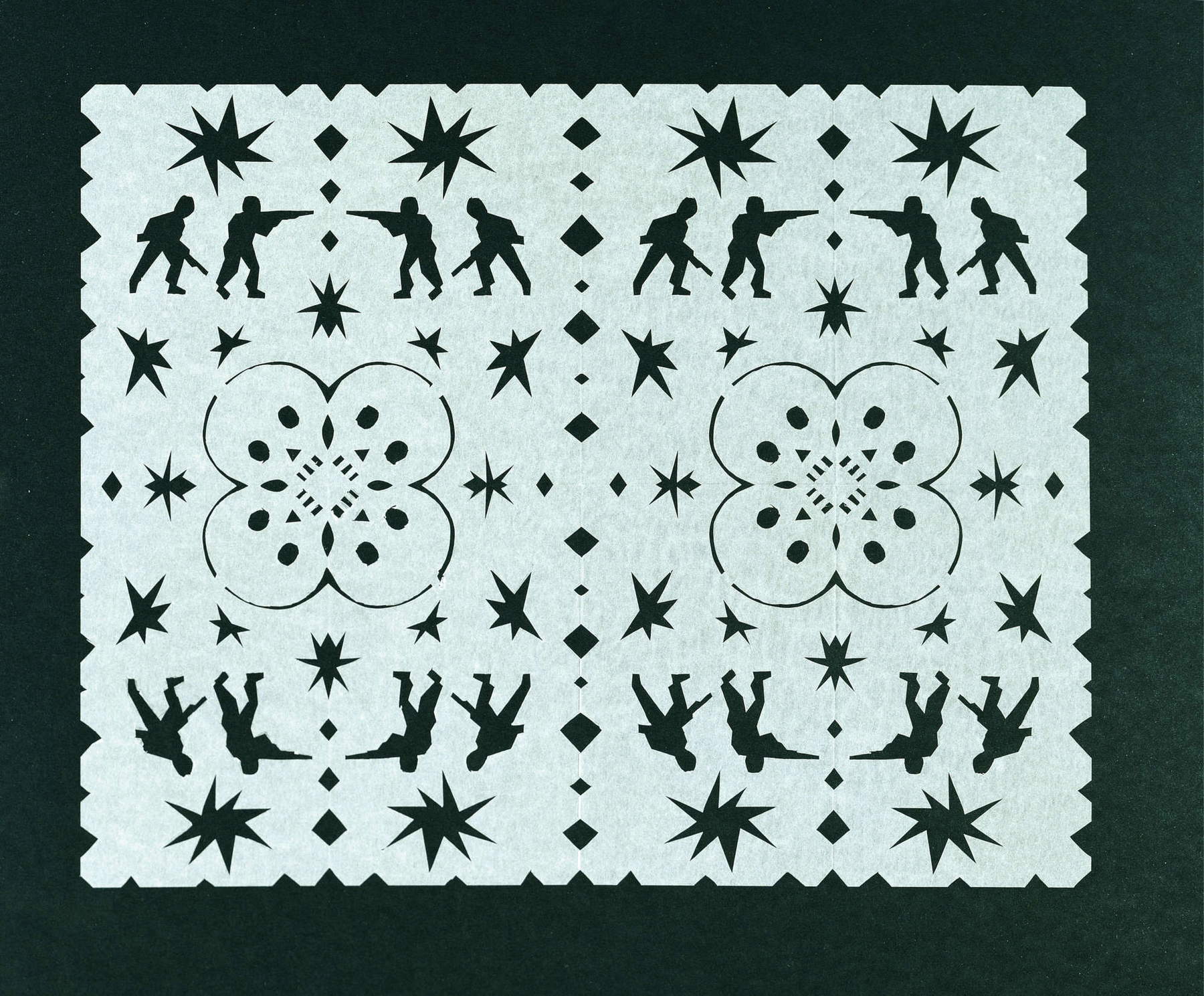
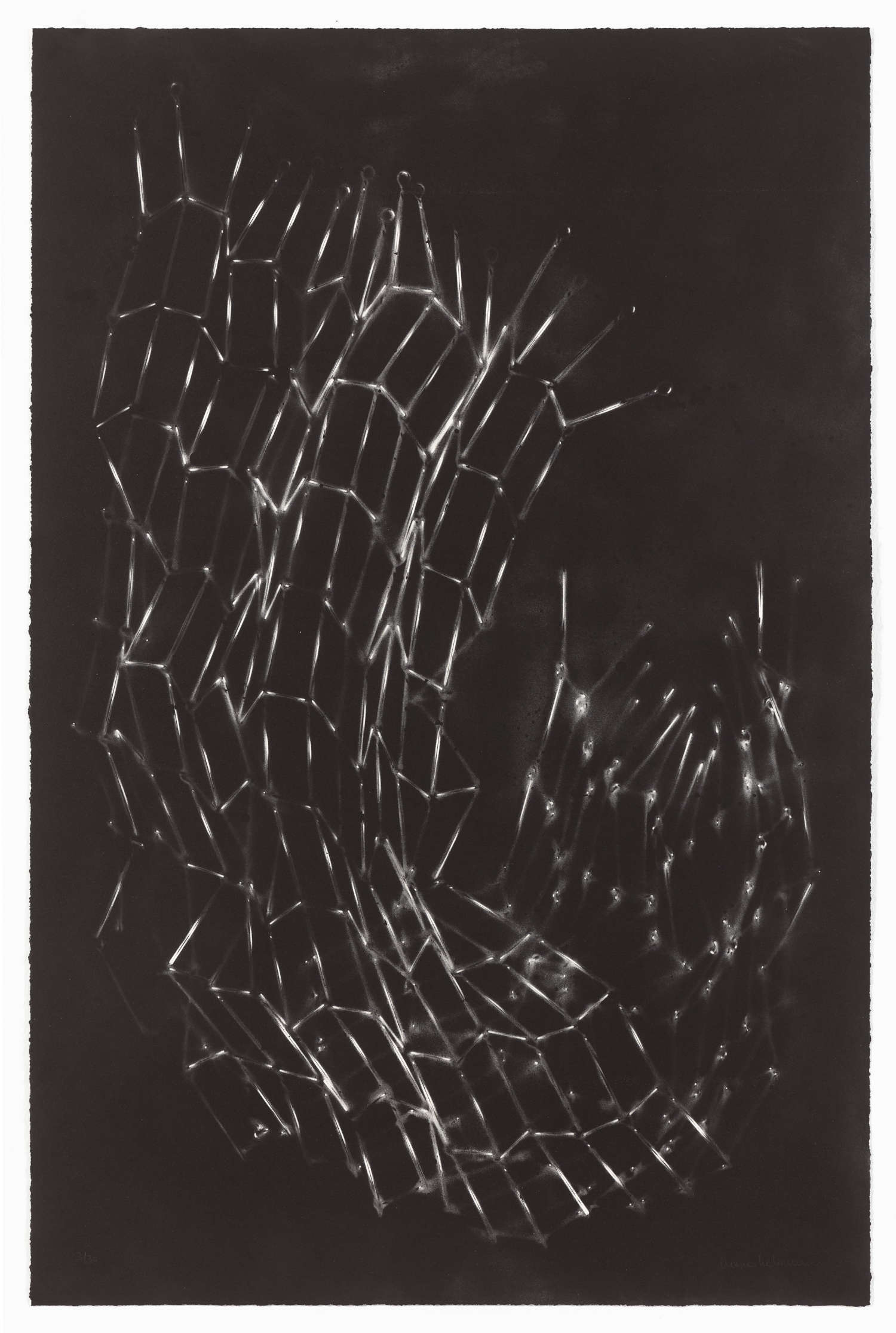
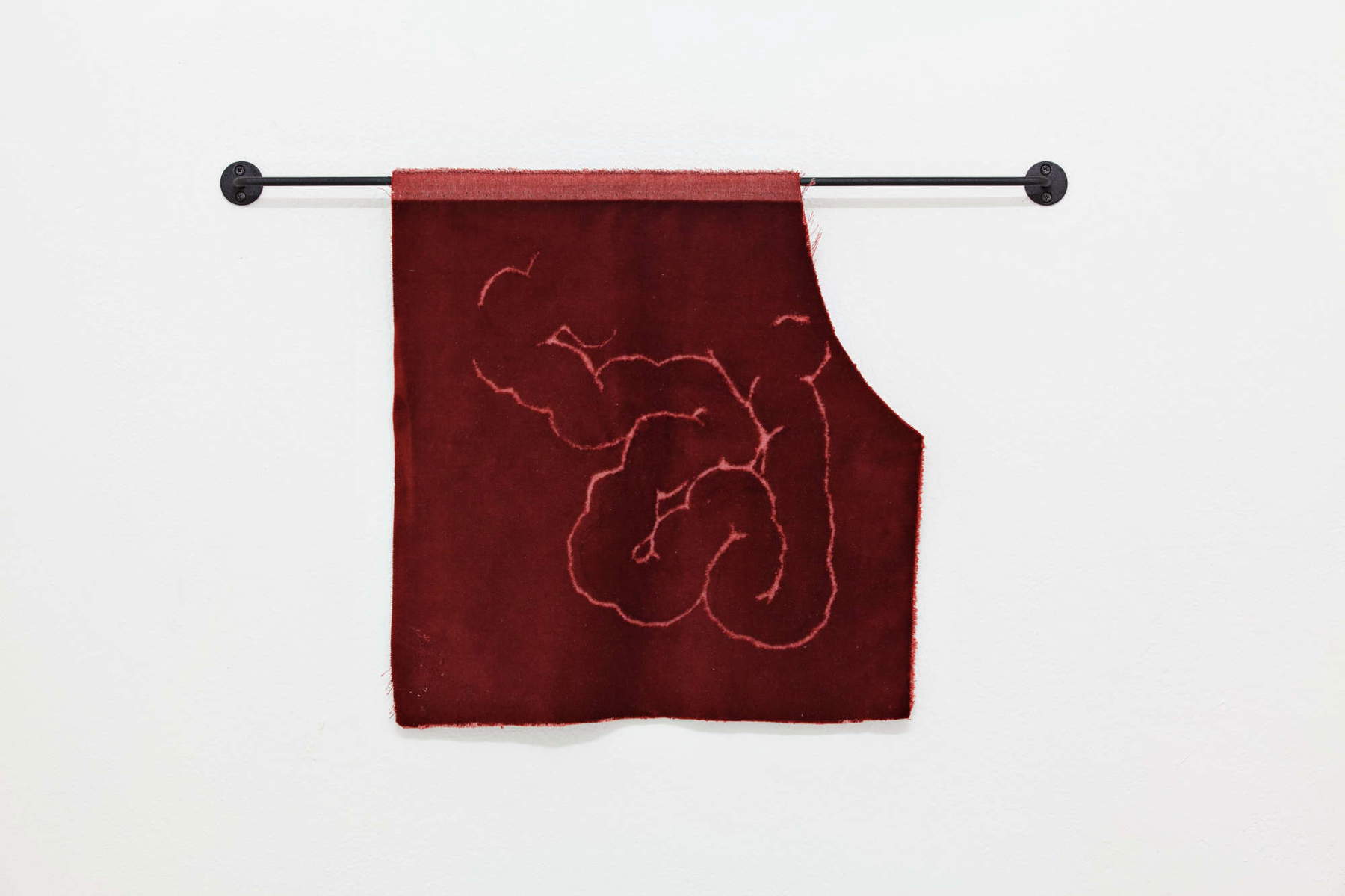
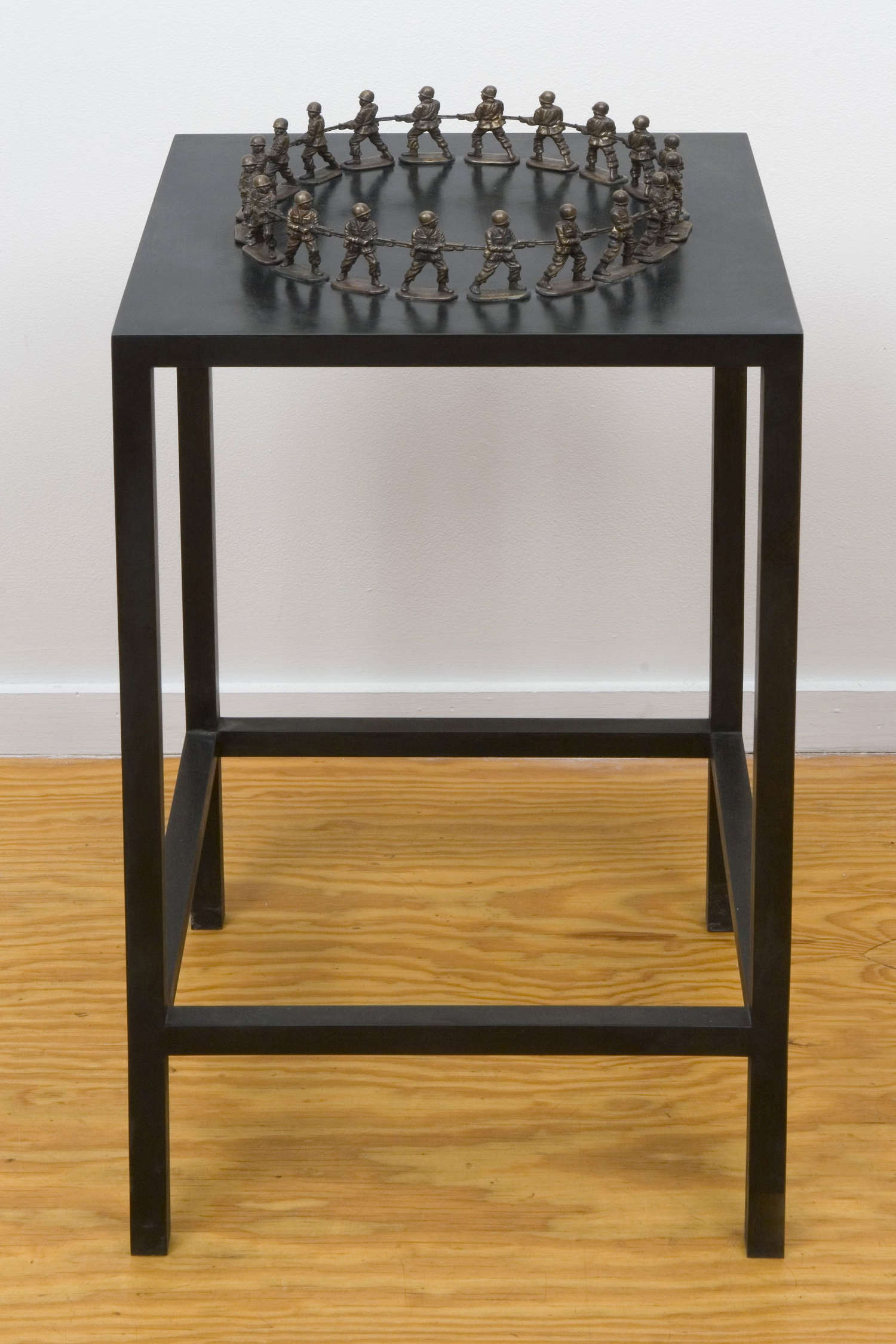
Territory manifests itself in fragmented forms, impossible cartographies and obstacle-filled paths. Emblematic examples are Twelve Windows (2012-2013), made with Lebanese artisans from the Inaash Association and consisting of twelve panels of Palestinian embroidery suspended on red cables, and recent works such as Divide (2025), a hospital screen transformed into a barbed-wire barrier, and Mirror (2025), a lattice structure that returns the viewer to the opacity of the boundary rather than a reflection. Among the historical works featured, Untitled ( red velvet ) (1996) offers a fragment of red velvet with a pattern reminiscent of intestines or brains, addressing the vulnerability of the body and the boundary between attraction and repulsion. Untitled (bed springs) I (2018) is a lithograph obtained by printing industrial bed springs on lithographic stone: the result is reminiscent of a negative x-ray in which the regular geometry of the grid is deformed into a biomorphic composition, suggesting tension between structure and abandonment.
The residency at the Nivola Museum enabled the creation of new works, such as the series of ceramic cages produced with the Terra Pintada workshop, in which the fragility of the traditional material comes into tension with the theme of containment and control. Gathering reproduces blocks of pressed earth with old oxidized nails driven in, evoking fragmentary human figures and recalling Giacometti’s postwar sculptures. The suspended structures Shooting Stars I and II, created with blacksmith Emanuele Ziranu, feature metal beams converging in a dense center, evoking both a celestial body and a detonating device, combining technical precision and visual brutality. The Eye Spy rug, woven by artist Mariantonia Urru in traditional Sardinian technique, translates a digital image of a drone into a soft, tactile surface. Wool, a familiar and warm material, is transformed into a tool for cold vision, interrogating the relationship with privacy, vulnerability and urban control.
The installation that gives the exhibition its title, Behind the Seen, collects everyday objects arranged in the space with apparent randomness but charged with meaning: a hospital bed, a colander bristling with spikes, wires, an unbalanced chair, an upturned stuffed animal, a disheveled soccer ball. The assemblage suggests what is shown and what remains concealed, configuring a topography of the domestic unconscious that interrogates the relationship to inhabited space, trauma, and memory. In Behind the Seen, Mona Hatoum continues her investigation of the body, control and identity, giving the visitor an experience of perception in which art requires a continuous negotiation of point of view.
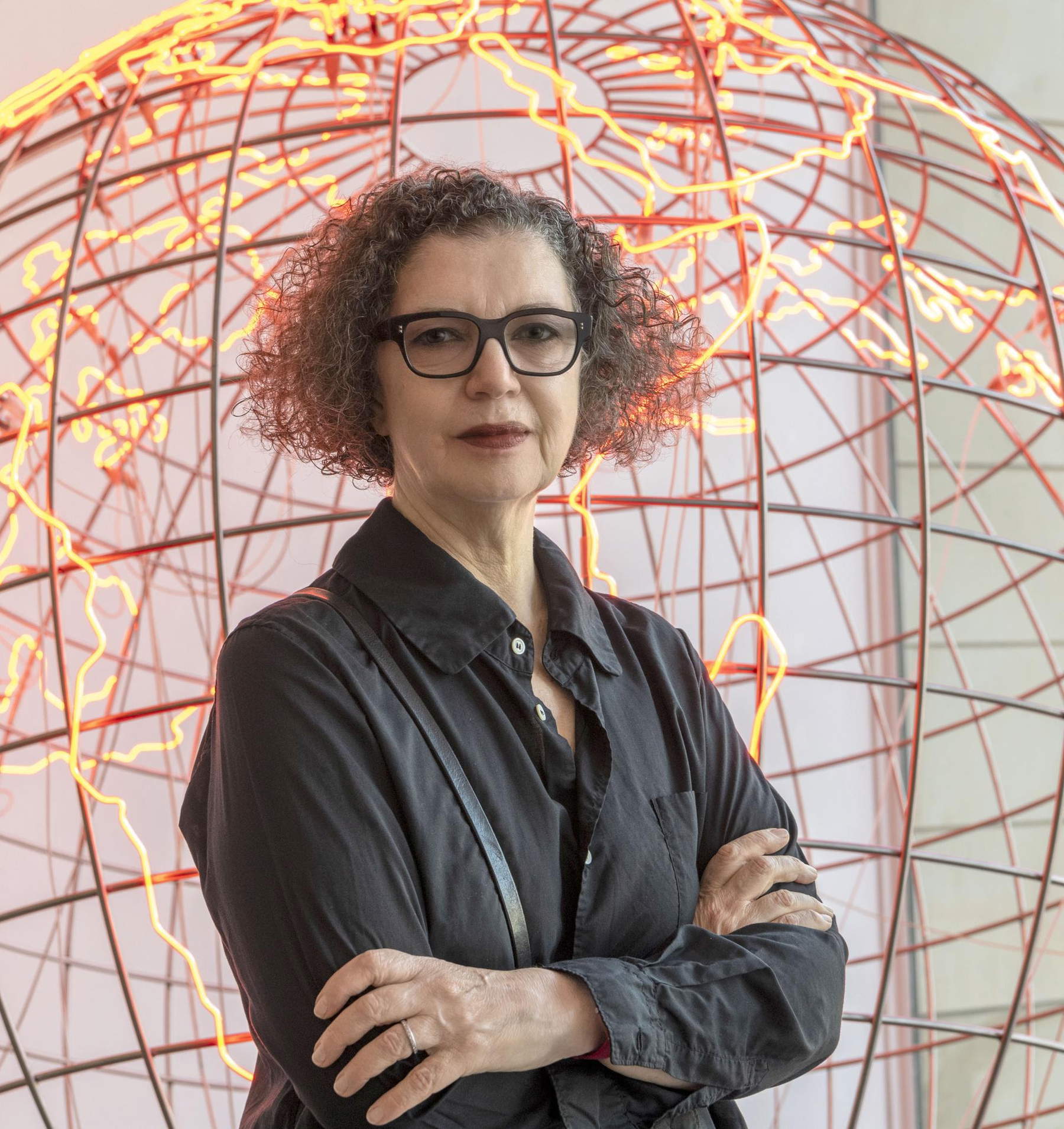
Mona Hatoum develops her poetics and political reflection through a multiplicity of media, including performance, video, photography, sculpture, installations, and works on paper. Her production addresses themes such as uprooting, marginalization, exclusion, and systems of political and social control. Born in Beirut to a Palestinian family, she has lived in London since 1975, when the outbreak of civil war prevented her from returning to Lebanon. She studied at the Byam Shaw School of Art (1975-1979) and the Slade School of Fine Art in London (1979-1981).
The artist has participated in numerous major international exhibitions, including the Venice Biennales (1995, 2005), Istanbul (1995, 2011), Sydney (2006), Sharjah (2007, 2023), the Moscow Biennale (2013) and Documenta in Kassel (2002, 2017). His major solo exhibitions include the retrospective at the Centre Pompidou in Paris (2015), transferred to Tate Modern in London and KIASMA in Helsinki (2016), and the extensive solo exhibition in the United States sponsored by the Menil Collection in Houston (2017) and then at the Pulitzer Arts Foundation in St. Louis (2018).
In September 2022 three solo shows took place simultaneously in Berlin, at the Neuer Berliner Kunstverein, the Georg Kolbe Museum and KINDL - Centre for Contemporary Art. His most recent major solo show was at KAdE in Amersfoort between January and March 2025, while in the same year his works dialogued with those of Giacometti in the exhibition Encounters: Giacometti x Mona Hatoum at the Barbican in London. Major awards he has received include the Joan Miró Prize (2011), the 10th Hiroshima Art Prize (2017), the Praemium Imperiale for Sculpture (2019) awarded by the Japan Art Association for his entire career, and the 2020 Julio González Prize awarded by the Institut Valencià d’Art Modern - IVAM in Valencia.
 |
| Mona Hatoum at the Nivola Museum in Orani (Nuoro) with "Behind the Seen" |
Warning: the translation into English of the original Italian article was created using automatic tools. We undertake to review all articles, but we do not guarantee the total absence of inaccuracies in the translation due to the program. You can find the original by clicking on the ITA button. If you find any mistake,please contact us.